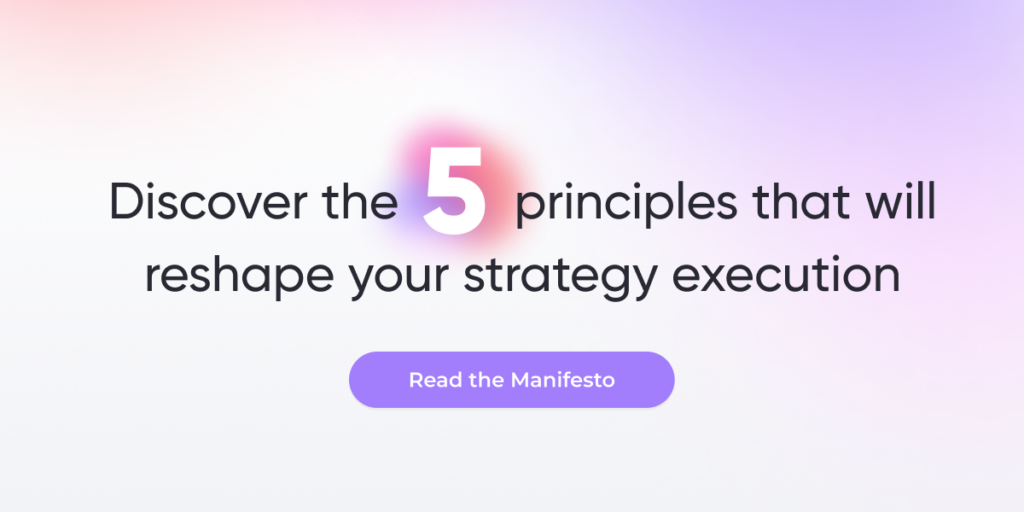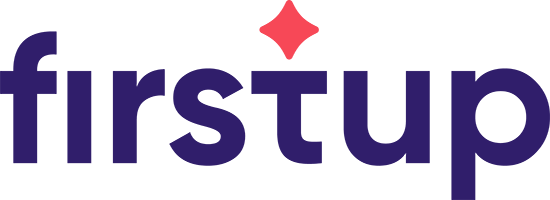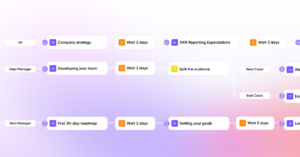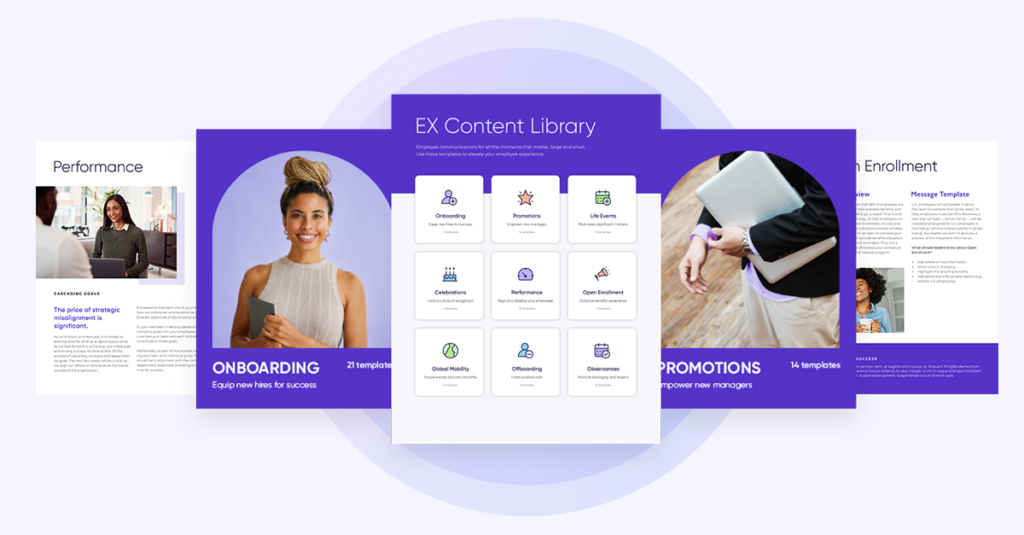More than 70% of respondents in Prosci’s Best Practices in Change Management research report said they were near or at change saturation, signaling the dramatic increase in the pace and complexity of change in the modern workplace.
Today, change is no longer a special event that occurs once or twice a year; it’s a living, shifting process that continuously reshapes priorities, redefines roles, and transforms how work gets done. And it requires keen leadership skills, strategic vision, and emotional intelligence to lead it successfully.
In this post, we define organizational change, explain why most change management initiatives fail, explore the role of change leadership, and unpack the mindset and capabilities that define truly successful change leaders.
Key Insights
- Over 70% of organizations report being at or near change saturation due to the increasing pace and complexity of workplace transformation
- 70% of large-scale organizational transformations fail, often due to mindset inertia, confidence gaps, and lack of trust
- Change management focuses on the “how” (processes and timelines) while change leadership focuses on the “why” (vision and culture)
- Successful change leaders must communicate a compelling vision, build trust across all levels, model expected behaviors, and ensure changes are sustained long-term
- Creating urgency without fear requires using data, personal stories, and highlighting risks of inaction to motivate immediate action
- Small wins should be celebrated early and often to maintain momentum and prevent employee disengagement during lengthy transformation processes
- Effective change leadership requires balancing three core skills: head (clear thinking), heart (emotional connection), and hands (collaborative action)
Understanding organizational change

Organizational change is the process of adjusting company structures, strategies, technologies, or other core systems to stay competitive or achieve new goals. This can include initiatives like:
- Adopting a new digital platform
- Switching to agile workflows
- Entering a new market
- Shifting to remote-first work
- Rethinking how cross-functional teams collaborate
No matter the scenario, successful organizational change is rooted in effective change leadership with leaders who know how to create clarity, motivate people, and guide transformation with empathy and trust.
What is change management?
Change management is a systemic approach that guides how organizations and change leaders prepare, support, and help individuals and teams to adapt to organizational change.
Importantly, change management encompasses not only the operational methods and processes needed to ensure smooth transitions—it also involves a strategic vision aligned with overall business goals that empowers employees to embrace and contribute positively.

Why most change management initiatives fail
Even with careful planning, many organizations struggle to lead effective change. In fact, according to McKinsey & Company, 70% of organizations that undertake large-scale transformations fail.
These are common reasons why:
- Mindset inertia: Without strong communication strategies, organizations can face resistance from teams who default to “but we’ve always done it this way.”
- Confidence gaps: It’s hard for employees to embrace change if leadership doesn’t provide support to help them succeed in new ways of working.
- Lack of trust: When leadership doesn’t show transparency, employees lose faith in the process—and in the people leading it.
- Disconnected communication: No matter the change initiative, employees need to see themselves in the story. Without personalized communication that makes change relevant, they disengage and default to the status quo, slowing momentum.
- Treating change as a finite project: When you treat change as a one-time event, you miss opportunities for ongoing reinforcement, feedback loops, and cultural adoption that make change sustainable for the long term.
What is change leadership?
Change leadership is the ability to guide individuals, teams, and entire organizations through change with vision, empathy, and strategic communication that drives acceptance, action, and commitment.
Importantly, change leadership isn’t just about managing operational logistics or rolling out new tools; it’s about engaging people, communicating meaning, and shifting behaviors for sustainable transformation.
What’s the difference between change management and change leadership?
Change management and change leadership go hand-in-hand, but they serve different functions.
- Change management focuses on the how, AKA processes, tasks, and timelines
- Change leadership focuses on the why, AKA vision, motivation, and culture
Where change management is about plans and procedures, change leadership is about people and purpose. Both are necessary to power successful organizational change—but leadership is what determines whether or not the change sticks.
What is a change leader responsible for?
A change leader is the person or team responsible for championing transformation efforts across an organization. They play a critical role in shaping both the strategy and the human experience of organizational change, i.e., how change is perceived, received, and ultimately adopted.
To guide effective transformation, a change leader’s responsibilities include:
- Define and communicate a compelling vision for change: They must clearly articulate why the change matters and what success looks like so all employees can connect with the purpose and understand how their work contributes to the outcome.
- Build trust with every level of the organization: Effective change leaders go beyond top-down messaging. They foster open dialogue, listen to concerns, and engage with empathy to strengthen connection, reduce resistance, and build momentum.
- Model the behavior they expect from others: While it’s always important to lead by example, modeling is especially vital during change when employees look to leaders to set the tone, demonstrate resilience, and show commitment.
- Ensure the change is sustained, not just delivered: Leaders must reinforce new practices over time through ongoing efforts like coaching, recognition, and rewards to embed change in the company’s cultural mindset.
6 strategies of successful change leaders

To lead lasting transformation, change leaders must take a proactive, human-first approach to change management. These six transformation strategies set the most effective change leaders apart:
1. Communicate the “why”
Change without purpose feels arbitrary and overwhelming. It can leave employees feeling not only confused but skeptical or disengaged, especially when they don’t understand what’s driving the change or how it will impact their day-to-day work.
Yet when asked about change messaging, “only 68% of leaders could name what was happening and why…which led to only 53% of managers and 40% of employees.”
Successful change leaders know to start every initiative by clearly communicating the “why.” That means:
- Framing the change in the context of broader business goals
- Sharing the risks of standing still and the opportunities that come with action
- Making the message relevant to each employee and role
2. Create a sense of urgency
According to John Kotter’s 8-Step Process for Leading Change, urgency is the first and most critical step of any change initiative. Without it, people may delay action or deprioritize change in favor of business-as-usual tasks.
To create a sense of urgency without sparking fear, successful change leaders:
- Use data to show why change is needed now
- Share personal stories or customer feedback that bring the need to life
- Highlight the risks of not changing
3. Build a guiding coalition
No one person leads change alone. The most successful change leaders build a cross-functional team of advocates from different departments and levels who can model, reinforce, and help scale change.
By distributing ownership, leaders empower a team of ambassadors who can help evangelize the vision, reinforce behaviors, offer peer-level support, and champion the change at every level of the organization.
4. Remove barriers to adoption
People can’t adapt to change if they don’t have the tools or resources to support them. Great change leaders make it easy for all employees to say “yes” to new initiatives by giving them easy access to things like training modules and step-by-step playbooks. They also:
- Identify common blockers (e.g., tech confusion and role ambiguity)
- Offer bite-sized, personalized communications tailored to each employee’s needs
- Use an intelligent communication platform to deliver change messaging that’s timely, relevant, and easy to act on
Delivering the right support at scale, however, requires more than good intentions—you need structure, coordination, and communication.
Forward-thinking change leaders help drive transformation through workforce orchestration, a strategy that ensures the right messages, tools, and experiences reach the right people at the right time to reduce friction and accelerate adoption at scale.
5. Celebrate small wins
Transformation takes time. But without visible progress, it’s common for employees to lose interest and confidence, ultimately disengaging and undermining overall organizational change.
To keep the momentum, smart and empathetic change leaders take time to celebrate progress early and often. For example, small wins might include:
- Completing training modules
- Successfully adopting new workflows
- Receiving positive customer or team feedback
An intelligent communication platform like Firstup makes it easy for leaders to share success stories and to keep employees motivated and moving forward together.
6. Embed change in culture
Ultimately, the most important job of a change leader is to make change part of the company culture—not just a project with a one-and-done deadline. This means normalizing transformation as an ongoing process where employees continuously learn, adapt, and grow.
Successful change leaders support this shift with personalized messaging and supportive experiences that energize, engage, and encourage employees to embrace change, whether they’re on the front lines or behind a desk.
Boosted engagement
Core skills for successful change leadership
While organizational change needs structure and strategy, it also requires an empathetic leader who knows how to meet people where they are.
Together, these three core skills help leaders drive action and alignment for an enduring culture of transformation:
- Head: to empower people to think differently. This includes crafting clear narratives, anticipating resistance, and equipping employees with the knowledge and tools to move forward confidently.
- Heart: to engage people around a shared purpose. Strong leaders connect emotionally with employees, actively engage in two-way communication, and build trust via consistent, authentic messaging.
- Hands: to help people work together. They lead collaboration across teams, model behaviors, and create an open, inclusive environment where knowledge is shared and progress is celebrated.
3 examples of successful change leadership
The principles of change leadership are universal, but every organization puts them into practice differently. These real-world examples show how forward-looking companies prioritized strategic communication to guide their teams through complex transformations.
1. Evergy: Uniting workers during a merger
Challenge: When Kansas City Power & Light and Western Energy merged, Evergy needed to unify two distinct corporate cultures and communication systems in a way that made every employee feel seen, heard, and supported.
Change leadership approach: Evergy leadership prioritized consistent, transparent communication from the beginning, leaning on Firstup to provide clarity in a time of ambiguity, engage every employee across departments, and ease the transition with a single, shared vision for the future.
Key actions:
- Collected feedback from employees about their communication preferences
- Encouraged two-way dialogue with field employees
- Segmented and targeted content to meet the needs of the diverse workforce
Learn more about how Firstup empowered Evergy’s change leaders to distribute information to every employee during a time of change.
2. Lincoln Financial Group: Reaching a multi-generational team
Challenge: With a workforce of 12,000 spanning multiple generations, Lincoln Financial Group needed a modern approach to internal communication to connect younger employees and support unified engagement.
Change leadership approach: Lincoln Financial Group leadership led the way for inclusive transformation by creating a digital workplace to mobilize and connect every employee. With Firstup, they aligned and coordinated action around key line-of-business strategies with targeted messaging that engaged every employee in their preferred communication channel.
Key results:
- Adoption rates rose from 30%-40% to full participation
- Top four content channels are viewed by over 90% of the workforce
Get a closer look at how Lincoln Financial Group adapted to reach a multi-generational team with Firstup.
3. Nebraska Medicine: Personalizing onboarding experiences to reduce turnover
Challenge: After the COVID-19 pandemic, Nebraska Medicine faced unusually higher turnover across all roles, particularly with frontline employees who lacked consistent access to internal communications. The leadership team needed to address new workforce expectations, and create a compelling employment brand that resonated with current and prospective employees.
Change leadership approach: Nebraska Medicine leadership utilized Firstup’s intelligent, mobile-first communication platform to refresh their employer brand and created a personalized onboarding experience, focused on engaging employees during important milestones in their first year.
Key results:
- 16% decrease in voluntary turnover
- 15% decrease in first-year turnover
- 22% increase in external hires year-over-year
Explore how Nebraska Medicine used Firstup to transform employee communications with targeted, on-brand messaging.
Deliver a hyper-personalized employee experience at scale
Conclusion: Lead Successful Change with Purposeful Communication
With fast-advancing technologies like AI and automation, organizations can only expect more change ahead. But many are already struggling to keep up.
Employees are often left confused, uninformed, and disconnected from what’s happening around them, killing motivation and slowing momentum. When change leadership fails to connect and engage employees, change management initiatives stall, burnout rises, and trust in leadership weakens.
The organizations leading the charge will be the ones that invest in their leaders—because they understand that effective change leadership transforms change from something employees fear to something they fuel.
Download PDF









